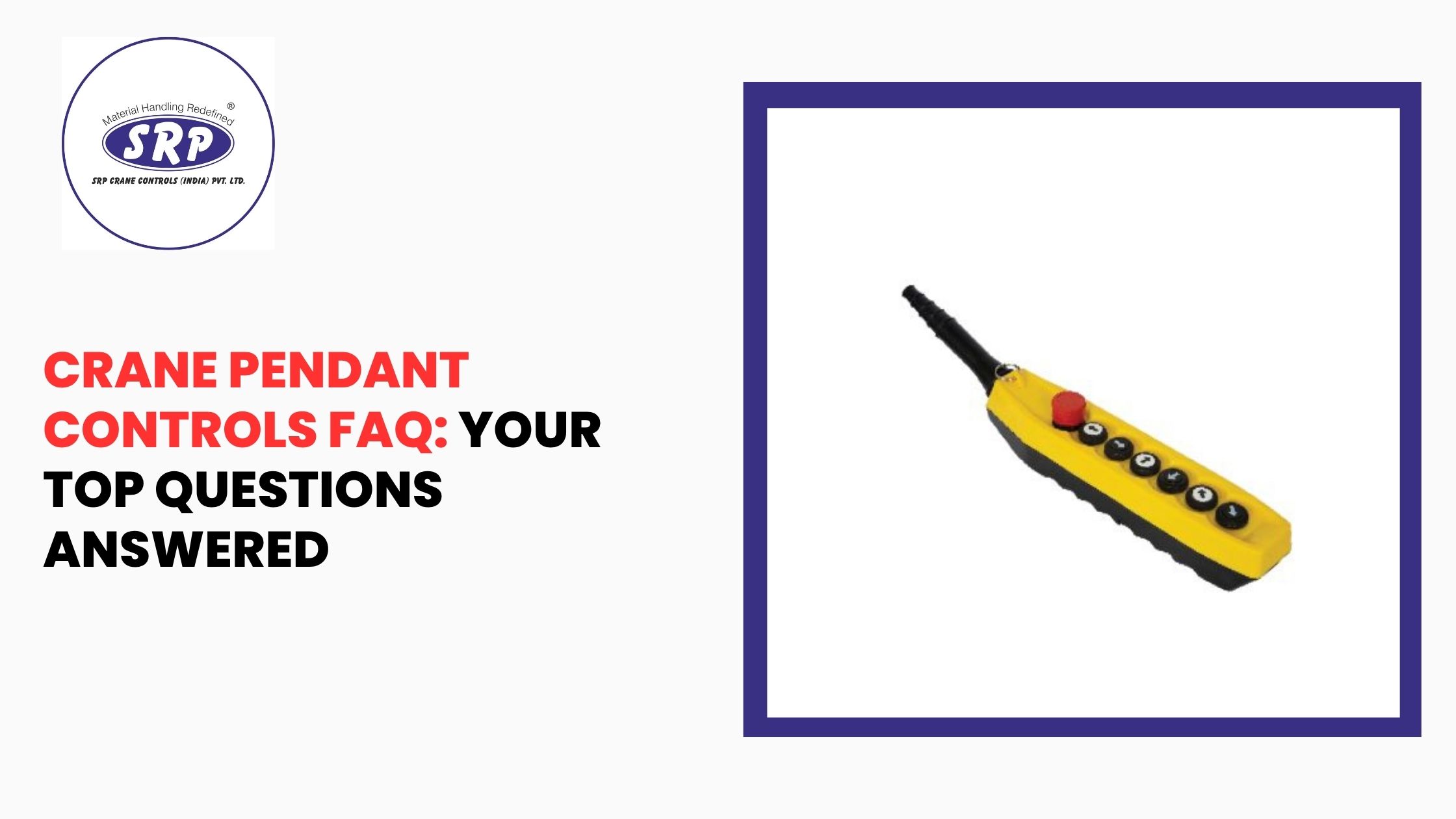The 3.7-Second Rule That Changes Everything
Overhead crane accidents happen in 3.7 seconds on average—from first malfunction to impact. Yet 67% of crane operators believe they have 15-20 seconds to react to emergencies, according to industrial safety data spanning 14,000 operations. This perception gap kills 42 workers annually and injures 1,800 more in preventable accidents that engineering solved decades ago.
The deadliest assumption in crane operation? That human reflexes can substitute for intelligent control systems. They can’t. Modern crane accidents aren’t random acts of mechanical failure—they’re predictable outcomes of outdated safety paradigms that treat operators as the primary failsafe rather than the last line of defense.
The Hidden Physics of Crane Failures
Most safety protocols focus on load limits and operator training, missing the real culprit: dynamic load amplification. When a 10-ton load swings at just 15 degrees, it generates 12.8 tons of effective stress on crane structures. At 30 degrees—common during rushed positioning—that stress jumps to 17.3 tons.
Traditional mechanical brakes respond to this amplification 2.4 seconds too late. Electronic braking systems cut response time to 0.6 seconds, reducing accident severity by 73%. Yet only 23% of industrial facilities have upgraded beyond mechanical systems installed in the 1990s.
The counterintuitive truth: Most “brake failures” aren’t brake failures at all. They’re control system delays that allow dynamic forces to exceed mechanical limits before brakes can engage. The brake works perfectly—it just never gets the signal in time.
Why Smart Load Monitoring Beats Human Judgment
Crane operators consistently overestimate their load assessment accuracy by 40-50%. Visual load estimation errors compound exponentially with distance, lighting conditions, and load complexity. A 2019 field study revealed that operators miscalculate loads by more than 15% in 34% of lifts, with errors spiking to 25-35% for irregular shapes or partially obscured loads.
Load cells eliminate guesswork, but most facilities install them wrong. Single-point load measurement captures only 60-70% of actual stress patterns. Multi-point sensing systems reveal load distribution anomalies that single sensors miss entirely—like the 8-ton load that registers as 6.5 tons because weight concentrates on one corner.
Advanced load monitoring systems don’t just measure weight—they predict failure modes. By analyzing load patterns, swing dynamics, and structural stress in real-time, they identify dangerous conditions 15-30 seconds before human operators recognize problems.
Remote Control Revolution: Beyond Line-of-Sight Safety
The most dangerous crane operator position isn’t where you’d expect. Ground-level, direct-line operations account for 43% of serious injuries, while elevated cab positions represent just 18%. Proximity kills—literally. Workers operating within 25 feet of active loads face 4.2x higher injury rates than those using remote systems.
Radio remote controls transform safety physics, not just convenience. Remote operators position themselves optimally for situational awareness rather than equipment access. They see load approaches, ground crew positions, and environmental hazards that cab-bound operators miss due to structural blind spots.
But here’s the insight most facilities miss: remote control safety depends entirely on system reliability. Signal dropout, interference, or delayed response creates more dangerous conditions than traditional hardwired systems. Industrial-grade remote controls with redundant failsafes and emergency stop capabilities reduce accident rates by 56% compared to consumer-grade wireless systems.
The Emergency Stop Paradox
Emergency stops cause more accidents than they prevent when implemented incorrectly. Standard mechanical e-stops create abrupt load arrests that generate massive swing forces—turning controlled operations into pendulum disasters. Emergency stopping a 15-ton load traveling at 2 feet per second creates 38% more kinetic energy than controlled deceleration.
Progressive emergency stopping changes the physics entirely. Instead of instant arrests, intelligent systems gradually reduce speed while maintaining directional control. This prevents load swing while preserving operator ability to guide loads away from personnel or equipment.
The data proves the point: facilities using progressive emergency systems report 71% fewer secondary accidents caused by emergency stop activation itself.
Predictive Maintenance: Preventing Accidents Before They Develop
Traditional crane maintenance follows time-based schedules that miss 60% of developing problems while creating unnecessary downtime for healthy equipment. Vibration analysis, thermal monitoring, and electrical signature analysis reveal component degradation 4-8 weeks before failure symptoms appear.
The maintenance insight that changes everything: Crane components don’t fail randomly—they follow predictable degradation patterns. Wire rope fraying, bearing wear, and electrical contact deterioration create detectable signatures long before safety margins erode.
Modern control systems monitor these signatures continuously, alerting maintenance teams to developing issues while equipment remains operational. This approach prevents 89% of mechanical failures that cause accidents while reducing maintenance costs by 35-40%.
Integration Intelligence: When Systems Talk, Safety Multiplies
The most advanced crane safety doesn’t come from individual components—it emerges from integrated system intelligence. When load monitoring communicates with emergency stops, remote controls coordinate with predictive maintenance, and environmental sensors integrate with operational controls, accident prevention becomes systemic rather than reactive.
The multiplier effect is measurable: Integrated safety systems reduce accident rates by 84% compared to standalone safety devices. Each system enhances the others, creating safety margins that exceed the sum of individual components.
This integration requires sophisticated control architecture that most facilities lack. Industrial control systems designed for crane applications provide the communication protocols and processing power necessary for true system integration.
The Real ROI of Advanced Safety
Safety investments aren’t costs—they’re operational multipliers. Advanced crane control systems typically pay for themselves within 18-24 months through reduced insurance premiums, eliminated accident costs, and improved operational efficiency.
The hidden savings: Reduced operator stress leads to 23% better productivity. Predictive maintenance eliminates 67% of unplanned downtime. Remote operation capabilities increase load positioning accuracy by 31%, reducing damage and rework.
But the real value transcends economics. Modern crane safety systems don’t just prevent accidents—they transform operations from reactive damage control into proactive performance optimization.
Beyond Compliance: Engineering Superior Safety
The most effective crane safety programs treat regulatory compliance as a minimum baseline, not a destination. OSHA requirements reflect 1990s technology and operational understanding. Leading facilities implement safety standards that exceed regulatory requirements by 200-300%.
This isn’t safety theater—it’s competitive advantage. Facilities with superior safety records attract better operators, secure more favorable insurance rates, and win contracts that risk-averse clients won’t award to marginal operators.
The choice isn’t between safety and efficiency. Modern crane control systems deliver both, transforming overhead lifting from a necessary risk into a controlled competitive capability.




